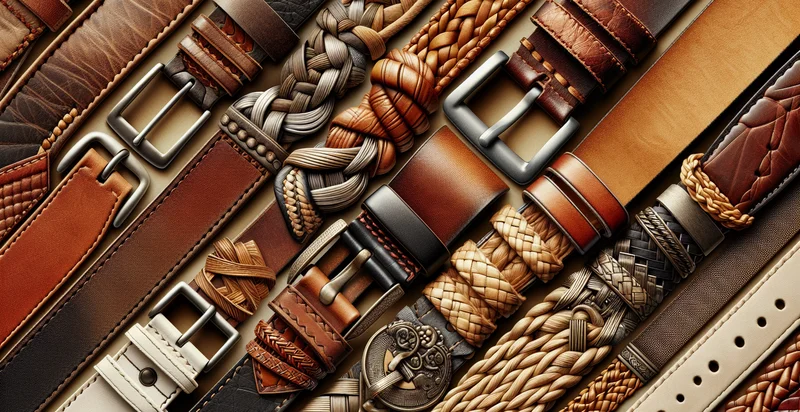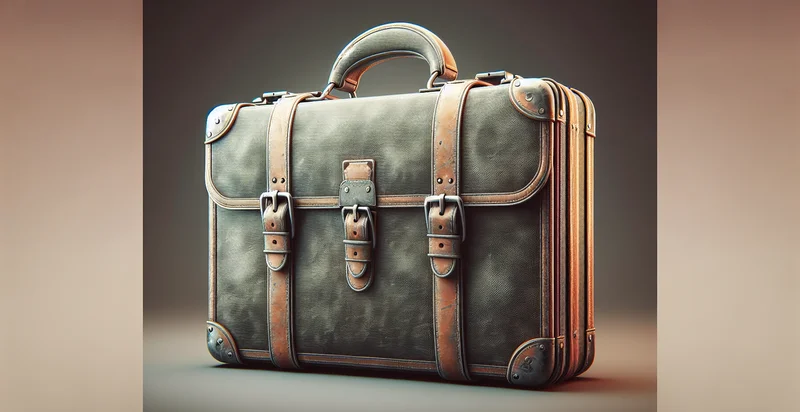Identify what material a belt is made from
using AI
Below is a free classifier to identify what material a belt is made from. Just upload your image, and our AI will predict what material a belt is made from - in just seconds.

Contact us for API access
Or, use Nyckel to build highly-accurate custom classifiers in just minutes. No PhD required.
Get started
import nyckel
credentials = nyckel.Credentials("YOUR_CLIENT_ID", "YOUR_CLIENT_SECRET")
nyckel.invoke("what-material-a-belt-is-made-from", "your_image_url", credentials)
fetch('https://www.nyckel.com/v1/functions/what-material-a-belt-is-made-from/invoke', {
method: 'POST',
headers: {
'Authorization': 'Bearer ' + 'YOUR_BEARER_TOKEN',
'Content-Type': 'application/json',
},
body: JSON.stringify(
{"data": "your_image_url"}
)
})
.then(response => response.json())
.then(data => console.log(data));
curl -X POST \
-H "Content-Type: application/json" \
-H "Authorization: Bearer YOUR_BEARER_TOKEN" \
-d '{"data": "your_image_url"}' \
https://www.nyckel.com/v1/functions/what-material-a-belt-is-made-from/invoke
How this classifier works
To start, upload your image. Our AI tool will then predict what material a belt is made from.
This pretrained image model uses a Nyckel-created dataset and has 14 labels, including Bamboo, Canvas, Cotton, Denim, Leather, Metal, Nylon, Polyester, Rubber and Silk.
We'll also show a confidence score (the higher the number, the more confident the AI model is around what material a belt is made from).
Whether you're just curious or building what material a belt is made from detection into your application, we hope our classifier proves helpful.
Related Classifiers
Need to identify what material a belt is made from at scale?
Get API or Zapier access to this classifier for free. It's perfect for:
- Material Quality Assessment: The false image classification function can help manufacturers assess the quality of belts by accurately identifying the materials used. This ensures that production standards are met and aids in maintaining consistent quality across products.
- E-commerce Product Verification: Online retailers can implement this function to verify the materials listed in product descriptions. By matching images of belts with their claimed materials, it can reduce the incidence of false advertisements and enhance customer trust.
- Inventory Management: Retailers can use the function to categorize belts based on material composition during inventory audits. This allows for better stock management and helps in planning for material-specific marketing strategies.
- Sustainability Tracking: Brands committed to sustainable practices can utilize this function to track the materials used in their belts. The tool can help them report on sustainability measures more accurately and encourage the use of eco-friendly materials in their products.
- Fraud Prevention: This technology can assist in identifying counterfeit products that claim to be made from high-quality materials. By verifying the actual material composition of belts, companies can protect their brand integrity and prevent revenue loss due to fraud.
- Consumer Education: Retailers can create informative tools or apps that allow consumers to take pictures of belts and receive instant feedback on material types. This empowers customers to make informed purchasing decisions based on their material preferences or needs.
- Fashion & Trend Analysis: Fashion designers and marketers can leverage the function to analyze trends in materials used across the belt market. This data can guide future collections and marketing campaigns by highlighting popular materials and influencing design choices.


